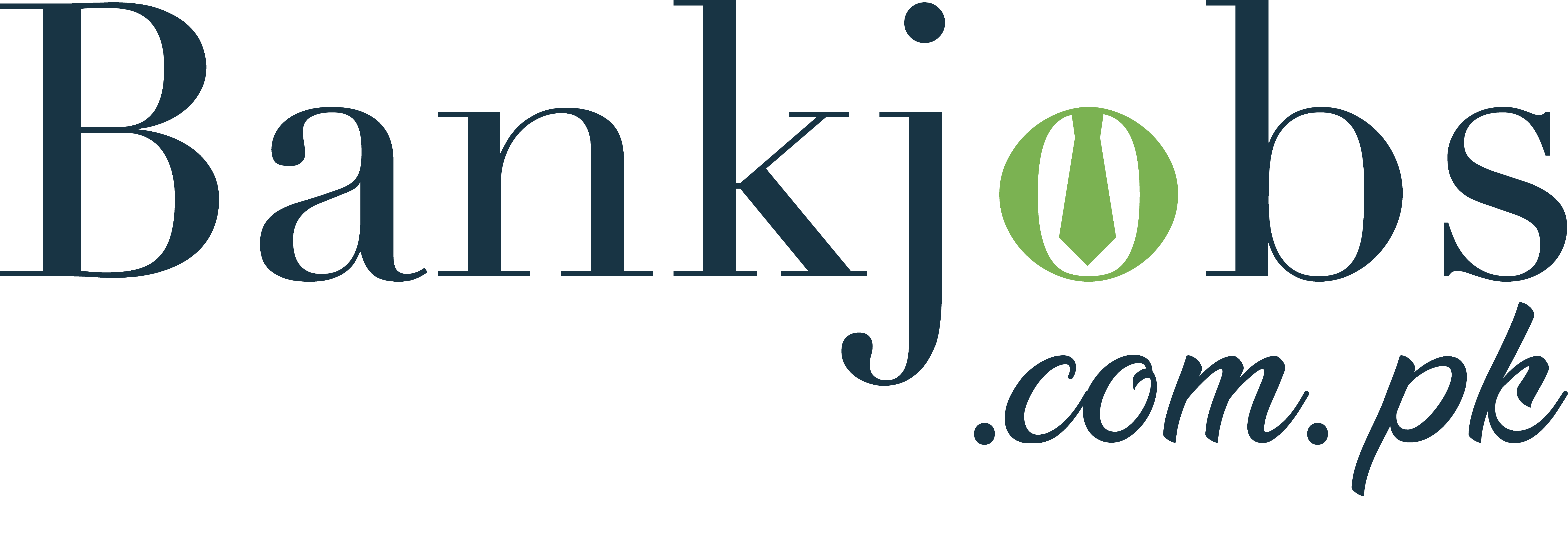At BankBound, we understand that launching a new Google search ad campaign comes with its share of challenges, especially when it comes to setting the optimal budget. It’s all about finding the right balance. You want to demonstrate success before fully committing, but determining the initial investment required to give your campaign a strong start can be tricky. If you allocate too little, your campaign may never take off, stifled from the start. On the other hand, spend too much, and you might deplete your resources before the campaign is fully optimized. Striking that perfect balance is crucial to providing your search ad campaign the opportunity to flourish and showcase its potential.
We specialize in assisting banks and credit unions with their digital marketing efforts, including mastering Google search ads. Recognizing the budgeting dilemma many face, we’ve included a free calculator below. This tool is designed specifically to remove the budgeting guesswork, helping you find the ideal starting point for your campaign’s budget. Read on for insights and resources for making your next campaign launch a success.

Capturing High-Intent Customers: Why Google Search Ads Work
Choosing search ads over other types of advertising is all about intent. When someone types a query into a search engine, they’re actively looking for information, products, or services, which means they’re already further along in the buying cycle. Search ads are perfect for targeting these high-intent users, making it easier to connect with potential customers who are ready to take action. This is particularly useful for businesses like banks and credit unions, where customers are often searching for specific financial services or products.
However, search ads might not be the go-to choice if you’re aiming to build brand awareness or target users who are not yet aware they need your service. In such cases, display ads or social media advertising could be more effective for capturing the attention of users who are earlier in their decision-making process, allowing you to nurture them towards considering your offerings.

Quality Over Quantity: The Secret to Profitable Google PPC Campaigns
Google Search Ads are like the digital marketing world’s auction house, with its very own set of rules based on supply and demand. This auction system is what decides how visible your ads are and where they show up in search results, all through bidding for keywords. Just like any auction, the highest bidder has a good chance of winning, but in Google’s world, it’s not just about how high you bid. Local competition and what Google thinks it’ll cost to get you on that coveted first page are major factors too.
It might seem tempting to go for more clicks at a lower cost, but here’s the thing: investing in higher-quality traffic, even if it means spending more for fewer clicks, can really pay off. Think about it — would you rather spend $20 on a single click that turns into a real customer, or throw away $4 each for five clicks that lead nowhere? High-quality traffic might cost a bit more, but the conversion rates speak for themselves. It’s all about finding those clicks that convert, not just the ones that visit.

Beyond Clicks and Impressions: Driving Profitable Campaigns
When it comes to the effectiveness of your Google Search Ads, it’s crucial to measure what truly matters. While it can be tempting to get caught up in vanity metrics such as impressions, clicks, click-through rates, or cost per click, these figures don’t tell the whole story. The ultimate aim of a search ad is to drive conversions. Whether that’s getting a user to fill out a lead generation form, open a deposit account, or subscribe to your newsletter.
The metrics that genuinely reflect the success of your campaign are cost per conversion and conversion rate. Focusing on these key performance indicators allows you to understand the real value and impact of your ads, ensuring that your investment is translating into tangible results.
- Cost per Conversion: Cost per conversion tells you exactly how much you’re spending to acquire a customer, making it a direct measure of the efficiency of your ad spend. By optimizing this metric, you can ensure you’re getting the most bang for your buck, allowing for more strategic allocation of your marketing budget.
- Conversion Rate: Conversion rate, which measures the percentage of users who take the desired action out of all who clicked on your ad, provides insight into how compelling and relevant your ad and landing page are to your target audience. A high conversion rate indicates that your message is resonating well with users, encouraging them to take the next step.
By closely monitoring and optimizing both of these metrics, you can make data-driven decisions to adjust your bidding strategy, refine your target audience, and tweak your ad copy and landing pages for better performance. This approach not only maximizes the return on your current investment but also lays a solid foundation for scaling your campaign. You can confidently invest more into your campaign, knowing that each dollar spent is contributing to profitable and sustainable growth.





